This page contains references to diamonds or engagement rings from different companies. Sometimes I do receive a commission when you click on links and buy the products.
Making up part of the 4 C’s, clarity refers to how clear or free from inclusions a diamond is. As a diamond is formed within a highly pressured environment and has laid dormant for many thousands of years it is rare to find a diamond that is completely flawless. It is for this reason that a flawless diamond will command a much greater price than one that has miniscule inclusions. Some experts will state that the clarity of a diamond will have the least impact on the beauty of the diamond itself as the inclusions or blemishes on the top 6 grading’s are so tiny that they cannot be seen with the naked eye. For the wearer inclusions can be viewed as the fingerprint of a diamond, each stone having its own unique attributes that make is as individual as the wearer.
How is Diamond Clarity Graded?
There are 10 grades of clarity on the GIA grading chart. Created in the 1950’s, round about the same time as the color grading system was introduced, this clarity grading system has since become a uniformed system that is now used across the world by gemologists. It is an easy concept to understand. Diamonds are graded on the severity, size and placement of any inclusions and given a grade accordingly. Clarity grading starts at FL – Flawless. There will be no internal or external flaws within an FL diamond. This makes it very rare and as such will command a high price tag. The lowest grade a diamond can receive is an I3. This diamond will have severe inclusions which are visible to the naked eye and will massively affect the price of the diamond. Each diamond is looked at under 10x magnification with inclusions mapped and logged. The final grading will depend on several factors including the severity of the blemish, the size, and the type of inclusion and the positioning of it.
The GIA Clarity Chart/Scale

Image courtesy of Whiteflash
Diamonds that fall into the top 6 categories (FL – VS2) are described as eye clean, meaning that inclusions can only be seen under 10x magnification. Whilst most SI1 & SI2 are not eye clean many established diamond companies like Whiteflash offer an “Eye Clean” Review service, to learn more about this click here.
The scale of clarity has become an international standard with every jeweler around the world using the GIA scale, but what does it mean?
- FL (Flawless) – No inclusions or visible blemishes under 10× magnification.
- IF (Internally Flawless) – No inclusions, however there may be small amounts of surface graining (barely visible under 10x magnification.)
- VVS1 (Very, Very Slightly Included 1) – Inclusions are extremely hard to see using 10× magnification.
- VVS2 (Very, Very Slightly Included 2) – Inclusions are difficult to see using 10× magnification.
- VS1 (Very Slightly Included 1) – Inclusions are tricky to see using 10× magnification.
- VS2 (Very Slightly Included 2) – Inclusions will not affect the beauty of a diamond and are only detected using 10× magnification.
- SI1 (Slightly Included 1) – Inclusions are noticeable using 10× magnification and some will be visible to the naked eye.
- SI2 (Slightly Included 2) – Inclusions are noticeable using 10× magnification and the most will be visible to the naked eye.
- I1, I2, and I3 (Included) – Inclusions are very obvious using 10× magnification and to the naked eye.
Tip: I would recommend staying clear of I1, I2, and I3 diamonds as they will not have the fire and brilliance that you expect from a diamond. Most established companies like James Allen and Whiteflash don’t generally stock these diamonds.
Suggested Articles:
Types of Inclusions
Inclusions are categorized by their appearance and names given to blemishes. The size and positioning of the different blemishes can also have a huge effect on the durability of the diamond and so care must be taken when choosing a diamond that is known to have flaws.
As the human brain is naturally programed to focus on the center of an object it goes without saying that flaws within the center of a diamond can have a detrimental effect on how the diamond looks and how it performs. These are usually the easiest to pick up and as a result center inclusions will be penalised accordingly. Inclusions to the pavilion or girdle can also effect the durability of the diamond, placing stress upon these areas, rendering it liable to catastrophic stress fractures if sufficient strain is placed on them during setting.
Below are the inclusions that may be present in a diamond.
Bearding
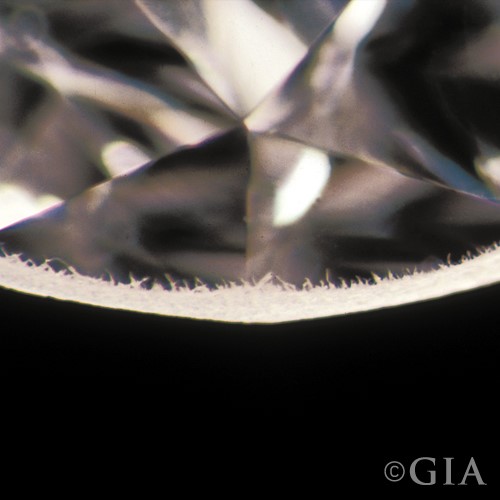
Laser Drill Hole
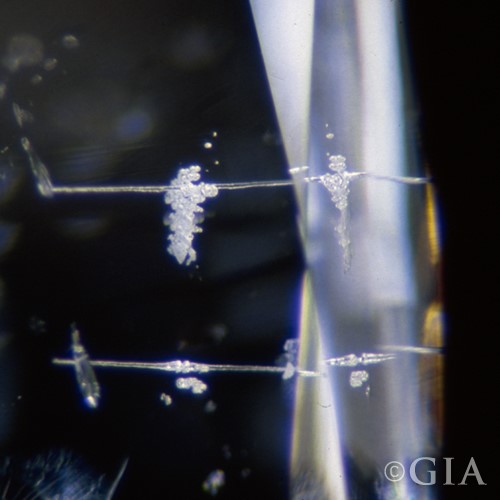
Cavity
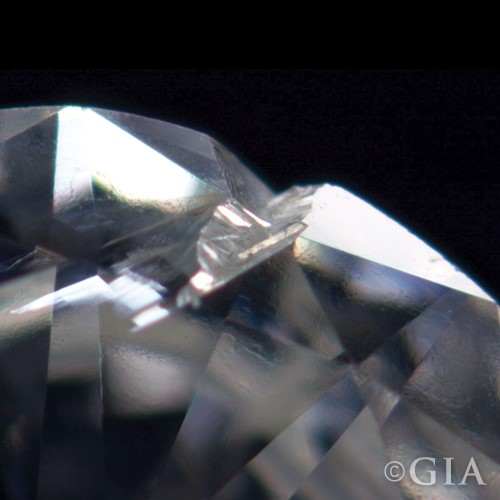
Cloud
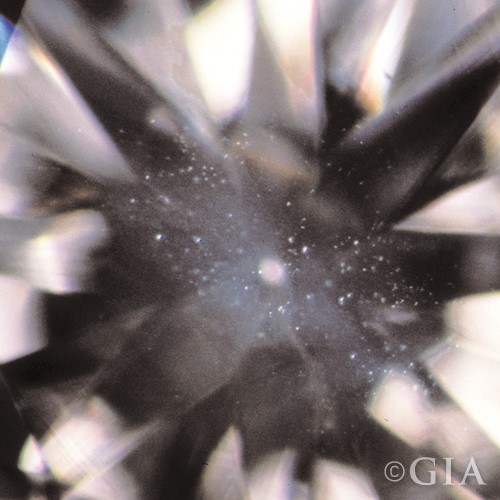
Crystal
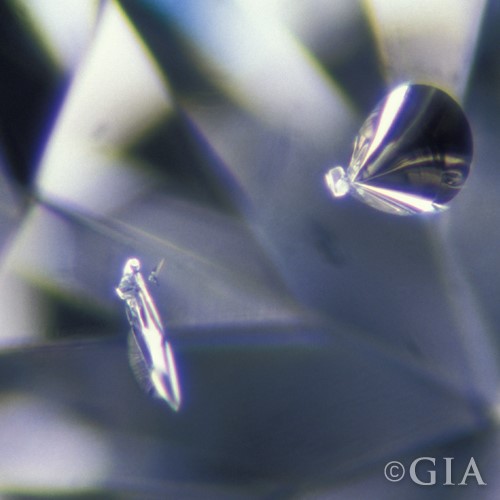
Feather
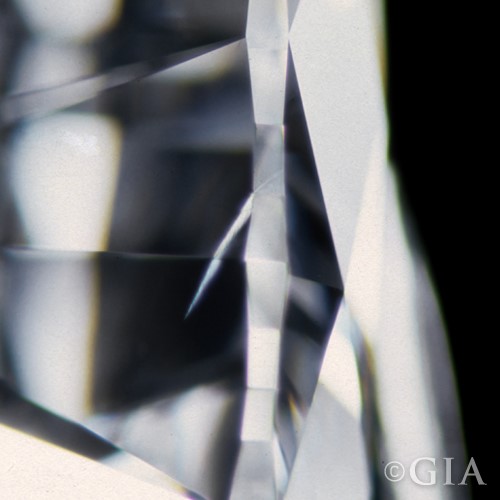
Natural
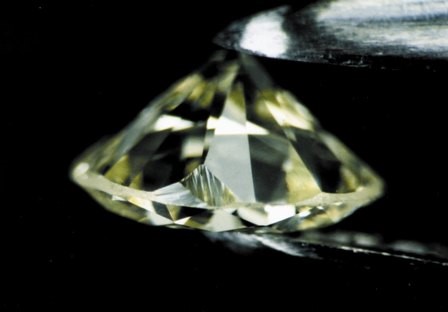
Indented Natural
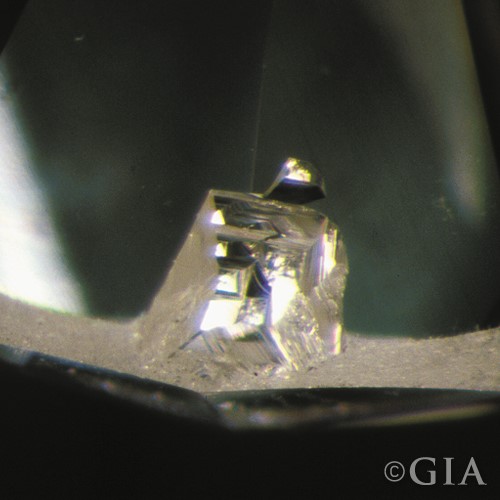
Bruise
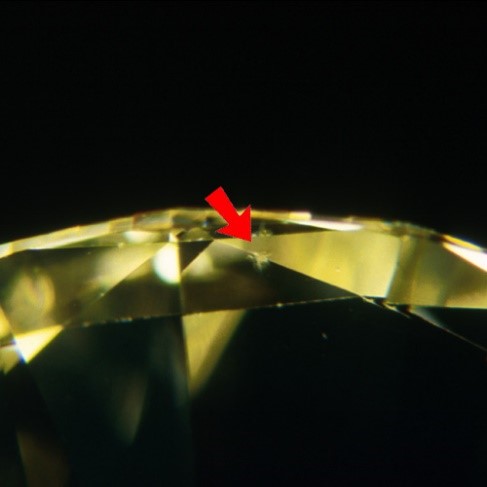
Needle
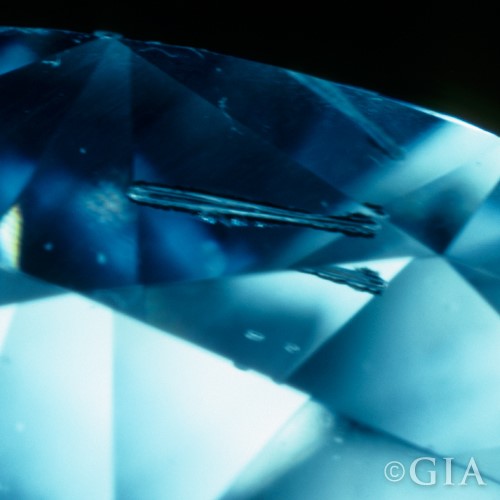
Pinpoint
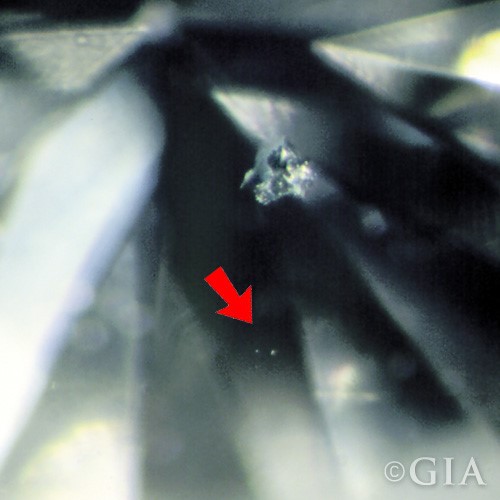
Etch Channel
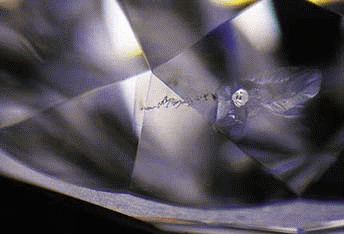
Knot
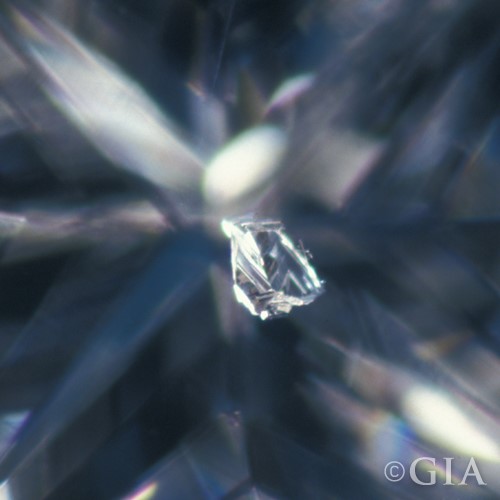
Chip
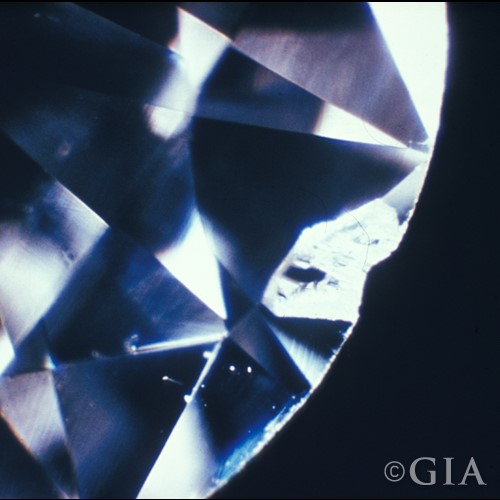
Twinning Wisps
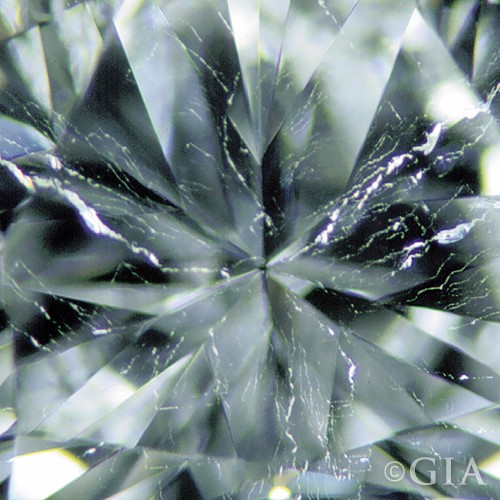
Graining
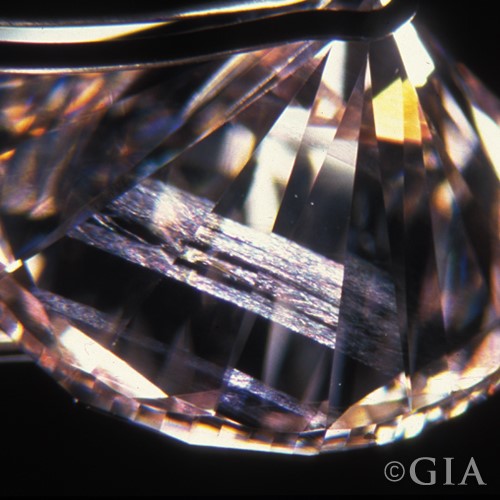
Each type of inclusion has its own individual characteristics, generally the name of the blemish gives a good idea of what that particular inclusion looks like. Again, the positioning of these blemishes and sizes can have an overall highly detrimental effect upon the durability of the diamond and its looks.
What diamond clarity grade suits my budget?
To get the best value for your money, it’s crucial to choose a diamond that balances quality and affordability. Aim for diamonds within the top six clarity grades (FL – VS2). These grades ensure that any inclusions or blemishes are not visible to the naked eye, preserving the diamond’s natural beauty. Diamonds graded as VS or above offer excellent value compared to FL or VVS grades, providing the same visual perfection at a more reasonable price. Prioritizing these clarity grades can help you find a stunning diamond without overspending.

Richard Jenkins, The Diamond Guru
Get free assistance from the Diamond Guru today. You’ll be glad you did!
- Secure the best quality diamond for your budget.
- Don’t pay over the odds for your diamond ring.
- Have peace of mind that you didn’t get ripped off.
Have a Question? Contact us now…


